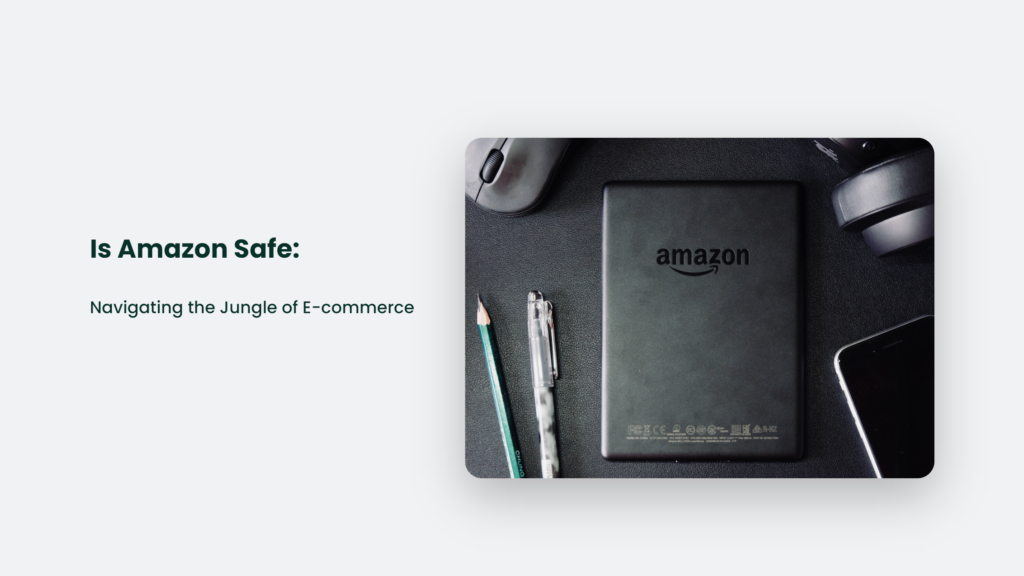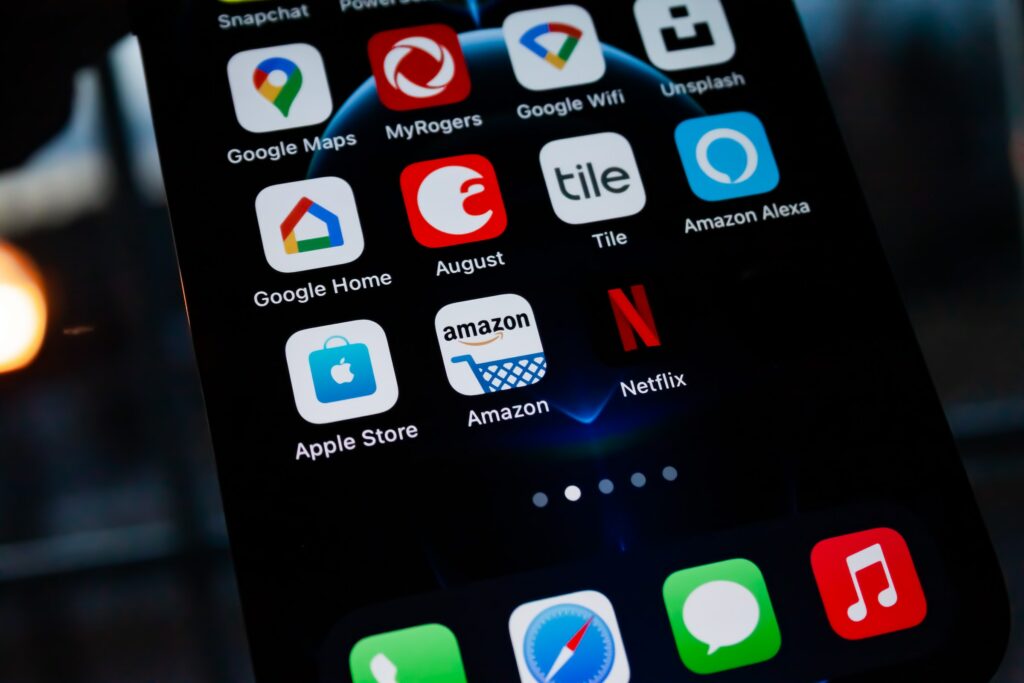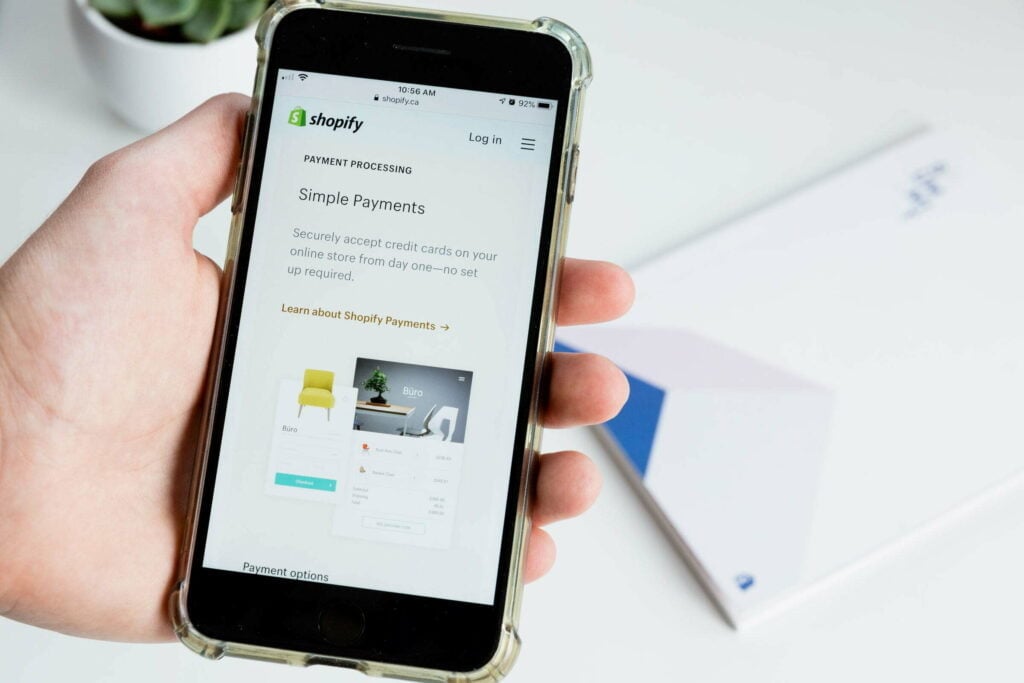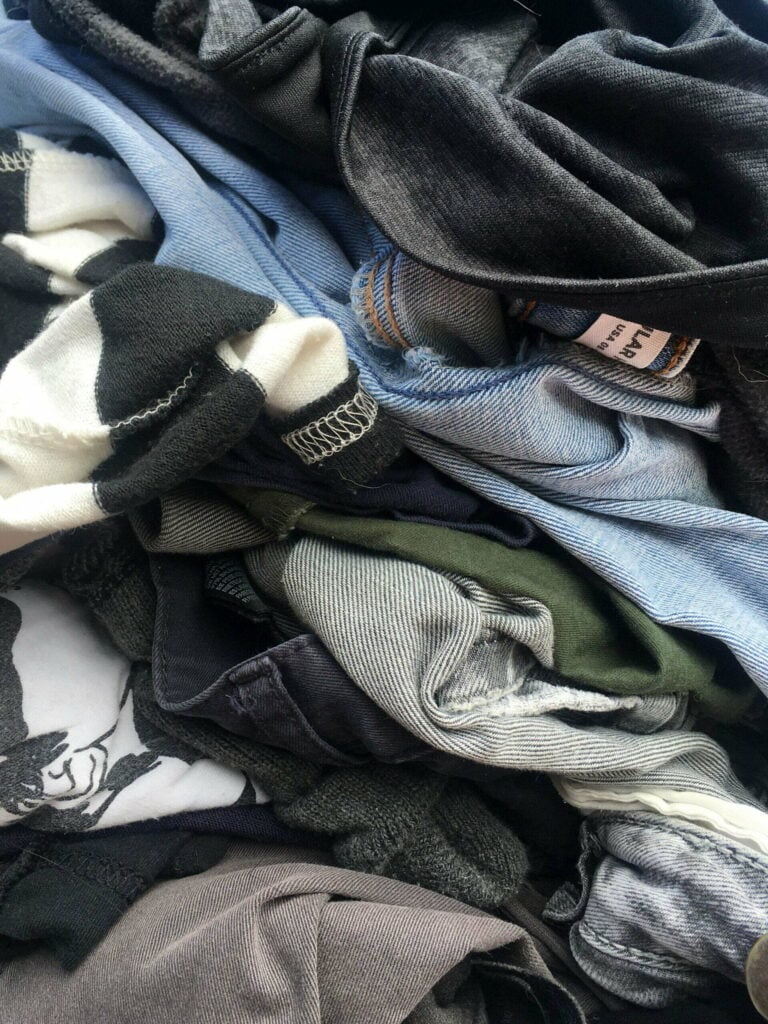In the labyrinthine world of e-commerce, one name stands out, like a neon sign in a ghost town: Amazon. It’s the Godzilla of online shopping, the behemoth that’s left more than one traditional brick-and-mortar business in the dust.
But the million-dollar question floating around the ether is this: Is Amazon safe? Can we blindly trust this virtual marketplace, or are we, the unsuspecting public, simply the proverbial lambs being led to the slaughterhouse of internet fraud?

The All-Seeing Eye: Amazon and Cybersecurity
We’ve all heard the horror stories: the innocent granny who bought a tea cozy and ended up with a thousand-dollar bill for a gaming laptop she never ordered. Or the college kid who found his account hacked, his wishlist filled with items straight out of a doomsday prepper’s fever dream.
I mean, come on. Is it too much to ask for a little peace of mind when we’re just trying to buy some dang cat litter in bulk?
Here’s the lowdown: Amazon is like the Great Wall of China regarding cybersecurity. They’ve got systems and safeguards in place that would make the Pentagon blush. For instance, they use secure sockets layer (SSL) software, which is like a digital Fort Knox for your information.
But wait, you might ask, what about that granny and the college kid? Like in any system, the human element is often the weak link. It’s like locking your house but leaving the key under the doormat. And no amount of SSL will help if you’re handing out your password like candy on Halloween.
Let’s Talk Facts and Figures
If we’re going to tackle the question, “Is Amazon safe?”, we need to look at some cold, hard data. Now, I’m not going to bore you with a dense, dry list of numbers – we’re not accountants here. Instead, let’s break it down:
- According to a 2022 report, Amazon had over 310 million active users. That’s almost the population of the United States!
- In that same year, Amazon saw over $514 billion in sales. If Amazon were a country, it would be in the top 30 economies worldwide.
- Amazon employs over 1 million people. That’s more than some small countries.
Now, with all those users and all that money flowing around, you’d expect some hiccups, right? And yes, there have been fraud, hacking, and counterfeit products. But comparing the number of incidents to the overall user base is like comparing a drop in the ocean to the ocean itself.
As famed mathematician, John Allen Paulos once said, “Uncertainty is the only certainty there is.” But looking at the figures, it’s clear that the odds are heavily stacked in favour of Amazon being a safe platform.
The Elephant in the Room: Counterfeit Products
Let’s not beat around the bush here. Amazon has been known to have issues with counterfeit products. It’s like walking into a Louis Vuitton store and discovering that all the bags are “Louis Vuitton.”
But here’s the thing. Amazon needs to pay attention to the problem. Using machine learning and serial number verification technology, they’ve launched programs like “Project Zero” and “Transparency” to combat counterfeits.
Does that mean the problem’s solved?
Well, no. It’s a bit like playing Whac-A-Mole. But it does show that Amazon is actively working to make its platform safer for consumers.
The Age-Old Question: To Prime or Not to Prime?
Ah, Amazon Prime. The VIP pass to the world of Amazon. With over 200 million global subscribers, 153 million of which are in the US alone, it’s clear that people are finding value in this membership. That’s like if the entire population of Russia decided to sign up for Amazon Prime. But does it make your shopping experience safer?
Here’s the thing. With Prime, you get benefits like faster shipping, access to Prime Video, and special deals. But safety? That’s not explicitly part of the package. It’s like expecting your gym membership also to cover your home insurance. However, Prime does indirectly contribute to a safer shopping experience.
How so, you ask? Well, with Prime, you’re often buying directly from Amazon or at least through sellers under more scrutiny from Amazon. It’s like shopping at a reputable store in a bustling, well-lit street versus a dodgy shop in a back alley.
Customer Service: The Unsung Hero
Ever had an issue with an order and ended up in a never-ending loop of automated responses and hold music that makes you question your sanity?
This is where Amazon shines brighter than a lighthouse on a foggy night. Their customer service is often praised as being responsive, efficient, and helpful. It’s like having a personal concierge in the world of e-commerce.
I’m not saying Amazon’s customer service is a magic wand that can solve all problems. But they do go to great lengths to resolve issues, making the platform safer for you, me, and that weird neighbour who keeps ordering inflatable flamingos.
What’s the Verdict: Is Amazon Safe?
So, is Amazon safe? Well, is crossing the road safe? Is eating sushi safe? Is watching just one more episode of your favourite show at 2 a.m. safe?
The answer is: it depends.
It depends on how you cross the road, where you get your sushi, and whether you must wake up early the next day. Similarly, shopping on Amazon is safe if you do it right.
The Golden Rules of Safe Amazon Shopping
- Check the seller: Don’t just click on the first product that pops up. Do a little digging. Who’s selling the product? What are their ratings and reviews like? It’s like going on a date – you want to know a bit about the person before you meet them.
- Secure your account: Use a unique password and enable two-factor authentication. It is your first line of defence against hackers. It’s like wearing a helmet when you’re riding a bike.
- Be wary of too-good-to-be-true deals: If a deal seems too good to be true, it probably is. It’s like finding a Picasso at a garage sale for $10 – it’s probably not legit.
- Use a secure payment method: Use credit cards or secure online payment methods. Avoid using debit cards, as they offer less protection against fraud. It’s like travelling in a bulletproof car instead of a bicycle.
So, there you have it. Is Amazon safe? Generally speaking, yes. But remember, your safety also depends on your actions. After all, even the safest car won’t protect you if you drive with your eyes closed.
Frequently Asked Questions:
Is it safe to buy from third-party sellers on Amazon?
It’s generally safe to buy from third-party sellers on Amazon. However, it’s important to check the seller’s ratings and reviews before making a purchase.
What should I do if I suspect a product is counterfeit?
If you suspect a product is counterfeit, report it to Amazon’s customer service. They# I need information on what to do if you suspect a product on Amazon is counterfeit for the FAQ section.
Conclusion: So, Is Amazon Safe?
Looking at the numbers, the actions, and the outcomes, the answer is yes, with a small asterisk. Amazon is safe for the most part, but like all online platforms, it isn’t immune to bad actors and data security risks.
However, Amazon continues to invest heavily in anti-counterfeiting measures and data security initiatives, giving us hope that the shopping universe we know, and love remains secure.
So, the next time you wonder, “Is Amazon safe?” remember this: even in the vast cosmos of Amazon, there’s a diligent crew working round the clock to keep the stars in their orbits and the black holes at bay.
Note: As a customer, it’s also crucial for you to maintain good security practices, like regularly updating your passwords and not sharing sensitive information with suspicious parties.




